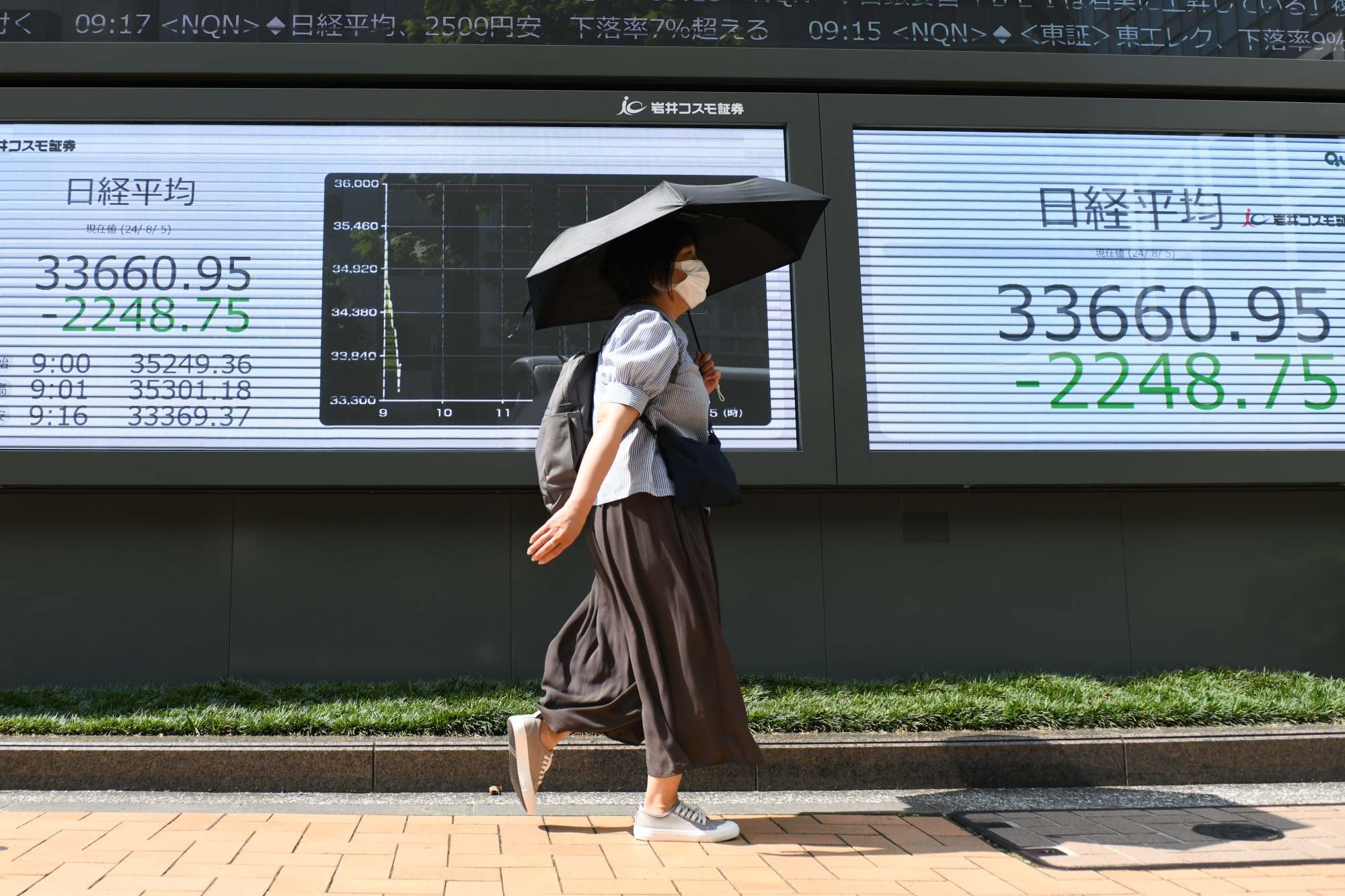
Ever wondered what makes the Nikkei 225 so significant in the world of finance? The Nikkei 225, often called the Nikkei Index, is Japan's premier stock market index. It tracks the performance of 225 large, publicly-owned companies listed on the Tokyo Stock Exchange. Established in 1950, this index is a key indicator of Japan's economic health. Companies like Toyota, Sony, and Panasonic are part of this elite group. The Nikkei 225 is calculated using a price-weighted average, which means that higher-priced stocks have more influence on the index's movement. Whether you're an investor or just curious, understanding the Nikkei 225 can offer valuable insights into global markets.
What is the Nikkei 225?
The Nikkei 225 is a stock market index for the Tokyo Stock Exchange. It's one of the most widely recognized indices in Asia, representing the performance of 225 large, publicly owned companies in Japan.
- The Nikkei 225 was first calculated on September 7, 1950.
- It is named after the Nihon Keizai Shimbun (Nikkei) newspaper, which sponsors the index.
- The index is price-weighted, similar to the Dow Jones Industrial Average.
- Companies in the Nikkei 225 are reviewed annually in September.
- The index includes companies from various sectors like technology, finance, and consumer goods.
Historical Milestones
The Nikkei 225 has seen many significant events over the decades. These milestones provide insight into Japan's economic history and the global financial landscape.
- The Nikkei 225 hit its all-time high of 38,957.44 points on December 29, 1989.
- During the 1990s, Japan experienced a "Lost Decade" where the Nikkei 225 saw significant declines.
- The index fell to its lowest point of 7,054.98 on March 10, 2009, during the global financial crisis.
- In 2015, the Nikkei 225 surpassed the 20,000 mark for the first time in 15 years.
- The index is often used as a barometer for the overall health of the Japanese economy.
Key Companies in the Nikkei 225
The index includes some of the most influential companies in Japan. These corporations play a crucial role in the global market.
- Toyota Motor Corporation is one of the largest companies in the Nikkei 225.
- Sony Corporation, a global leader in electronics, is also part of the index.
- Fast Retailing, the parent company of Uniqlo, is included in the Nikkei 225.
- SoftBank Group, a major player in telecommunications and technology, is part of the index.
- Mitsubishi UFJ Financial Group, one of Japan's largest banks, is also included.
How the Nikkei 225 is Calculated
Understanding the calculation method of the Nikkei 225 can help investors make informed decisions.
- The index is price-weighted, meaning companies with higher stock prices have more influence.
- Adjustments are made for stock splits and other corporate actions.
- The divisor used in the calculation is adjusted to maintain continuity.
- The index is calculated every 15 seconds during trading hours.
- The closing value is based on the last trade of each component stock.
Global Influence of the Nikkei 225
The Nikkei 225 is not just important in Japan; it has a significant impact on global markets.
- The index is often compared to the Dow Jones Industrial Average.
- Many international investors use the Nikkei 225 to gauge the performance of Asian markets.
- The index is included in various global financial products like ETFs.
- Changes in the Nikkei 225 can influence other Asian stock markets.
- The index is a key indicator for global economic analysts.
Economic Indicators and the Nikkei 225
The performance of the Nikkei 225 is closely linked to various economic indicators.
- Japan's GDP growth rate can affect the index's performance.
- Inflation rates in Japan also have an impact on the Nikkei 225.
- The Bank of Japan's monetary policies can influence the index.
- Exchange rates between the yen and other currencies can affect the index.
- Global economic events, like trade wars, can impact the Nikkei 225.
Investment Strategies Involving the Nikkei 225
Investors use various strategies to capitalize on the movements of the Nikkei 225.
- Some investors use index funds to gain exposure to the Nikkei 225.
- Options and futures contracts on the Nikkei 225 are popular among traders.
- Technical analysis is often used to predict the index's movements.
- Long-term investors may focus on the fundamentals of the companies in the index.
- Diversification strategies often include the Nikkei 225 to spread risk.
Technological Advancements and the Nikkei 225
Technology plays a crucial role in the companies that make up the Nikkei 225.
- Many companies in the index are leaders in robotics and automation.
- The index includes several tech giants like Sony and Panasonic.
- Innovations in renewable energy are also represented in the Nikkei 225.
- The index reflects Japan's advancements in automotive technology.
- Companies in the Nikkei 225 are at the forefront of semiconductor development.
Future Prospects of the Nikkei 225
The future of the Nikkei 225 looks promising, with several factors contributing to its potential growth.
- Japan's aging population may lead to increased investments in healthcare companies.
- Technological advancements could drive the growth of companies in the index.
- Government policies aimed at economic revitalization may benefit the Nikkei 225.
- Increasing global trade can positively impact the companies in the index.
- Sustainable development initiatives may lead to new opportunities for growth.
Fun Facts about the Nikkei 225
Here are some interesting tidbits that you might not know about the Nikkei 225.
- The index is sometimes referred to as the "Nikkei Stock Average."
- It is one of the oldest stock market indices in Asia.
- The Nikkei 225 is often featured in financial news around the world.
- The index has a dedicated section in the Nikkei newspaper.
- The Nikkei 225 is a popular subject for academic research in finance.
Final Thoughts on Nikkei 225
The Nikkei 225 isn't just a stock market index; it's a reflection of Japan's economic health and global influence. From its inception in 1950, it has tracked the performance of 225 top companies listed on the Tokyo Stock Exchange. This index has seen Japan's post-war economic boom, the bubble economy of the 1980s, and the challenges of the 1990s.
Investors worldwide keep an eye on the Nikkei 225 for insights into market trends and economic shifts. Companies like Toyota, Sony, and SoftBank are part of this prestigious list, showcasing Japan's innovation and industrial strength.
Understanding the Nikkei 225 gives a glimpse into Japan's economic landscape and its role in the global market. Whether you're an investor, a student, or just curious, knowing these facts can provide valuable context and a deeper appreciation for this influential index.
Was this page helpful?
Our commitment to delivering trustworthy and engaging content is at the heart of what we do. Each fact on our site is contributed by real users like you, bringing a wealth of diverse insights and information. To ensure the highest standards of accuracy and reliability, our dedicated editors meticulously review each submission. This process guarantees that the facts we share are not only fascinating but also credible. Trust in our commitment to quality and authenticity as you explore and learn with us.


